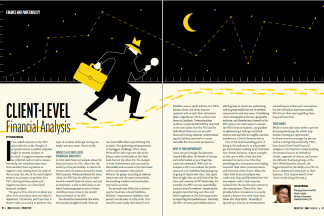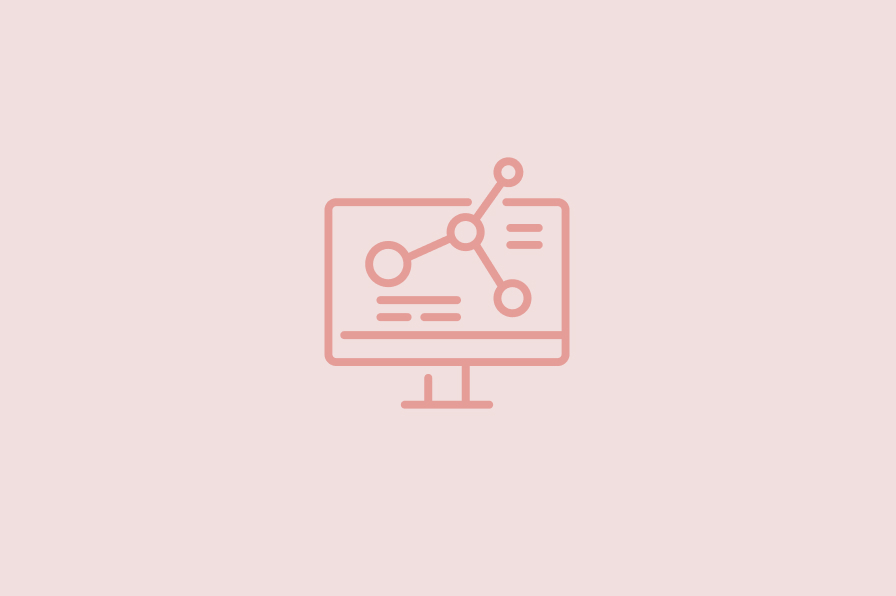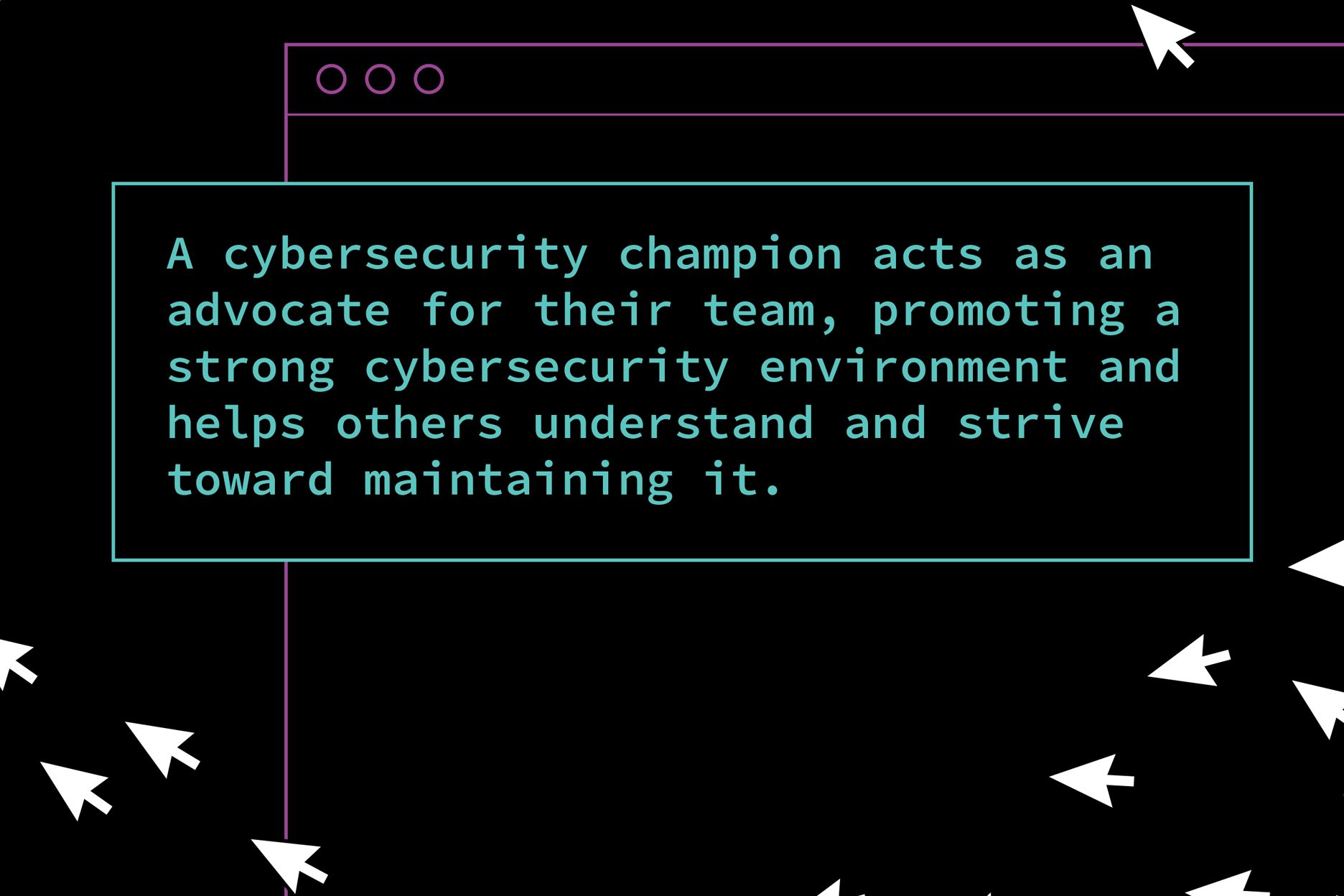According to a report by Gartner, 76% of HR professionals believe that if AI isn’t adopted in some way over the next few years, they might actually be behind the rest of their peers. Technological advancement, the theory goes, can help certain manual processes in HR departments and optimize better decisions with data compiled from AI tools to back that up.
AI is modernizing how HR workers do their jobs, but there are limitations. There are different types of AI with different functions, but the most common and applicable to HR tasks are generative AI and predictive AI.
Let’s take a closer look at how AI impacts HR workers and team leaders including use cases and challenges, and why a human touch is still important.
GENERATIVE AI
Generative AI is designed to mimic human intelligence for specific tasks. The most common example of a generative AI is ChatGPT. Once it receives a prompt, ChatGPT analyzes content for patterns and generates texts or visuals, sometimes summaries or analyses. For example, you can prompt the tool to generate generalized job descriptions based on experience needed, tasks involved with the role, or career development to brainstorm off of to help create original content for your own post.
PREDICTIVE AI
On the other hand, predictive AI identifies, analyzes, and breaks down patterns in past events and general trends. This type of AI tool can make predictions about what’s going to happen in the future. You may use AI to keep a pulse on the recruitment market or to identify key HR or employee management trends.
WHERE TO USE AI TOOLS IN HR
In the US, nearly 40% of enterprise sized organizations use AI in their HR departments, according to Statista. AI has many use cases but where it’s most beneficial and useful for HR teams depends on a team’s needs and unique role. Some tasks AI include automated processes, streamlined workflows, or generated copy to work off.
These are the common and significant tasks for AI in HR:
1. TALENT ACQUISITION
AI, according to a report conducted by SHRM, is mostly used for recruitment. AI tools can identify and process information about the best places to find candidates for different roles. AI tools, for example, can automate résumé screening to identify suitable candidates. Such AI tools may ensure candidates don’t fall through the cracks due to human error.
These tools have the ability to personalize any communication with these candidates to keep them interested. For recruiters, AI can even help you create detailed profiles of ideal candidates for specific roles.
2. EMPLOYEE ONBOARDING AND TRAINING
Once candidates have become employees, the next step is usually a thorough onboarding process. This can be fairly laborious for many HR professionals. AI tools can help streamline this process, as well as provide personalized training plans by analyzing data on their career goals, current performance, and related skills, as well as automate administrative tasks. This can improve onboarding and training overall.
AI chatbots, too, can act as round-the-clock HR assistants for new hires, providing quick answers to employees’ questions about leave policies, benefits, and other HR concerns. This not only enhances the employee experience but also helps new employees feel supported, knowledgeable and welcomed.
3. EMPLOYEE ENGAGEMENT AND SATISFACTION
AI tools allow managers to understand employee performance and identify areas for improvement. These tools can understand employee sentiment by deploying and analyzing surveys, social media or other sources to measure overall satisfaction levels. Once you have a pulse on your team, you can then suggest appropriate training content to help them grow and stay engaged.
AI is most useful by processing, analyzing and summarizing data. Use this information to help make better decisions about employee engagement solutions.
4. PERFORMANCE MANAGEMENT
Evaluate employee performance by using AI tools to analyze data on key performance indicators (KPIs). The information from these tools can provide real-time feedback and suggest personalized development plans.
CHALLENGES OF USING AI IN HR
While the benefits of AI in HR are plentiful, implementing AI is not without its challenges. These include ethical considerations, data privacy concerns, and resistance to change.
1. ETHICS AND BIAS
We like to think of AI as a separate entity from humans. However, all the data it consumes to generate information or analyses is based on content made by people. AI has an inherent bias that everyone needs to diligently monitor. Look for ways it favors specific gender, racial or age bias.
If AI tools are to be used to brainstorm any writing, ensure that you’re putting in prompts that are useful and precise. Think critically for inconsistencies and biases. It might be helpful to create a checklist of all the things AI might not account for and always check your content against it.
2. DATA PRIVACY AND SECURITY
A common way to use AI today is enabling note-taking features such as summarizing meetings. Those meetings may include sensitive information in addition to finding action items for next steps.
Data privacy is a significant concern when implementing AI in HR. Personal data is the entire realm of HR departments. There’s a risk that sensitive employee information could be misused or data security breached. So it’s important to mitigate these risks by understanding what can go into an AI tool versus what cannot. HR departments must enforce strict data privacy policies. They should use firewalls to control access. Train employees on the secure usage of AI.
AI is a tool, not a person. Its sole function is to process an immense amount of data that can be accessed by nearly anyone. If giving over your private information to a stranger is forbidden, the same rules apply to AI.
3. LOSS OF HUMAN ELEMENT
As exciting as the advancements in AI are, human resources is about people. Maintaining a human element in HR processes is paramount, even as we adopt advanced technology.
AI tools are a partner, not a replacement, in HR departments. In an AI-driven HR department, striking that balance is critical, and can be beneficial for everyone involved. Technology can support efficiency and data-driven insights, and a professional HR manager can engage with employees and answer questions, and generally respect company culture and individual needs.
This balance can be achieved by focusing on human interaction at every stage of the employee lifecycle, like emphasizing communication and personalizing interactions.
HOW HR CAN WORK WITH AI
Integrating AI tools into HR functions means streamlining manual processes, not replacing human effort altogether. It’s a tool but you’re the professional.
AI tools allow you to focus on making HR a more iterative process. You have access to data-driven dashboards that can inform decisions. They can help be more transparent about the initiatives you’re running and gain more trust from employees. AI tools can function as a lookout to help you address issues before they even reach you.
How best to work with AI? Train your teams on the tools to make them work for you. AI tools don’t need to complicate existing workloads. They can be useful partners to assist you in what can hopefully be stronger human connections elsewhere in your processes and in your people operations initiatives.
-
SHARE
- Copy to clipboard



